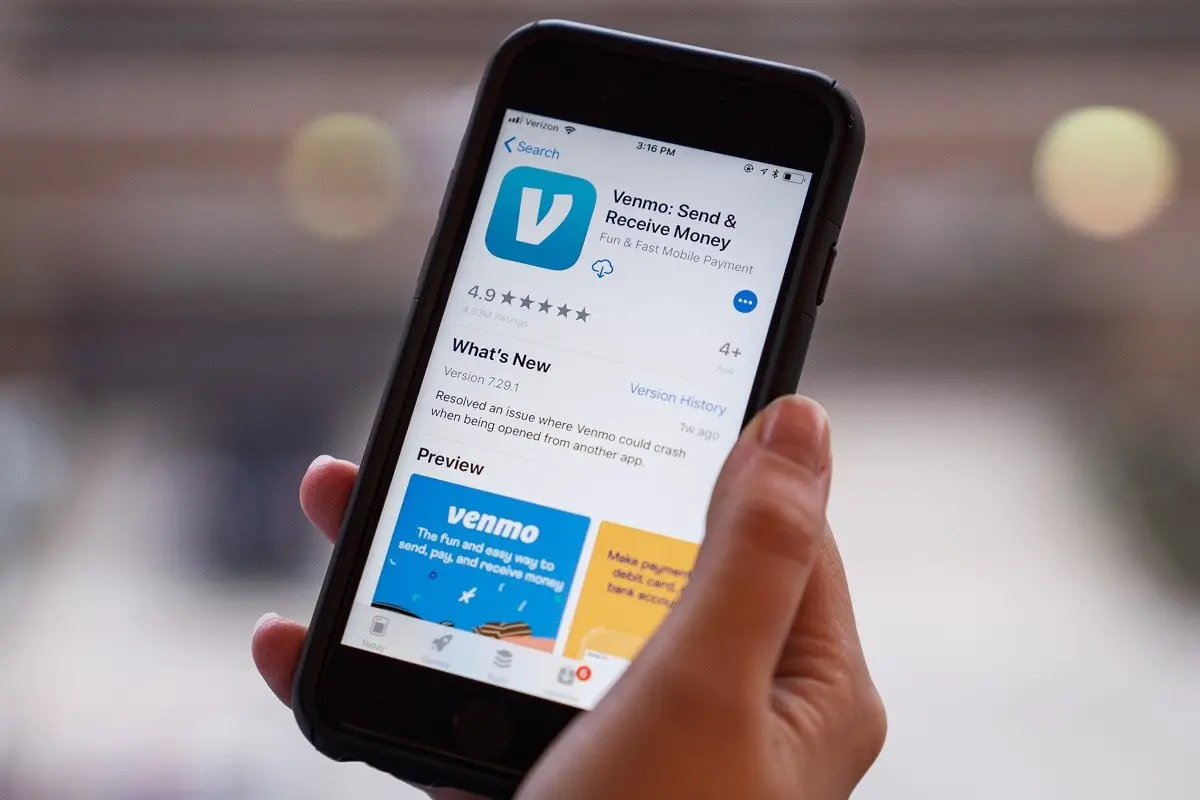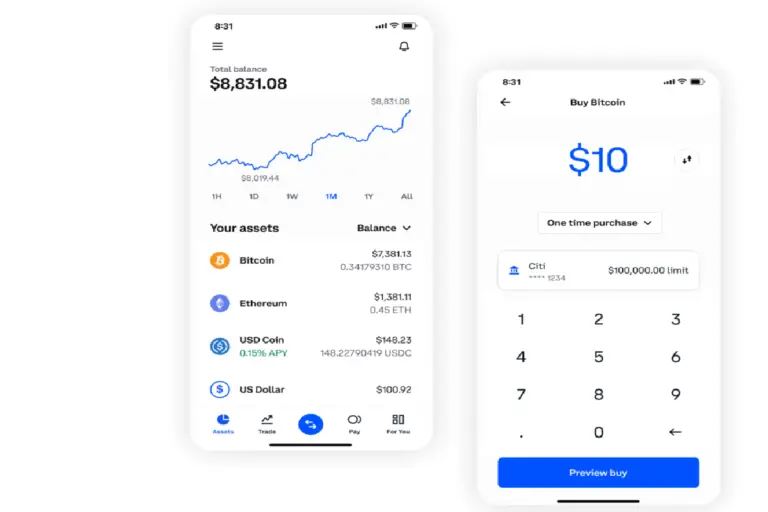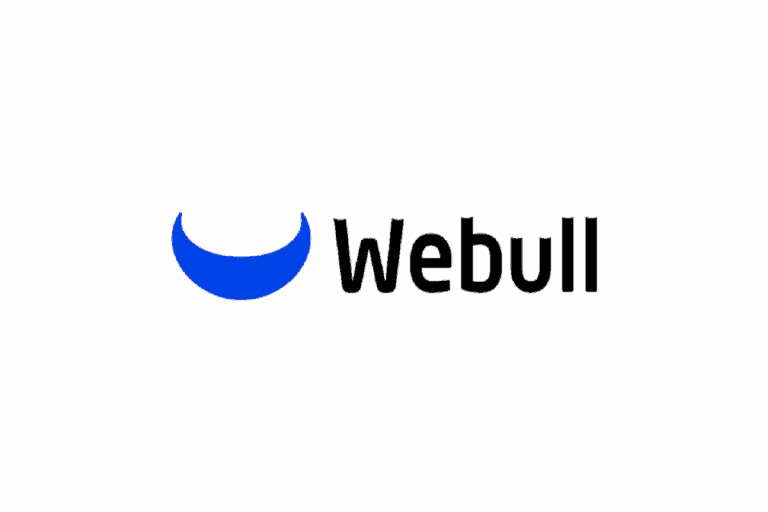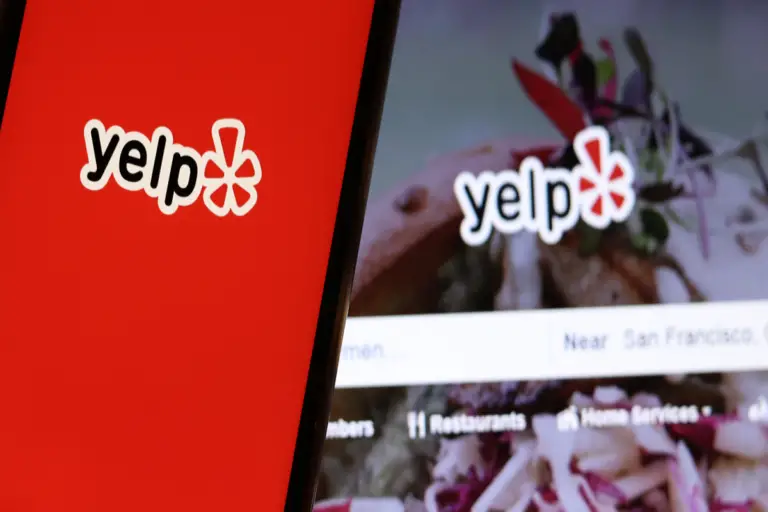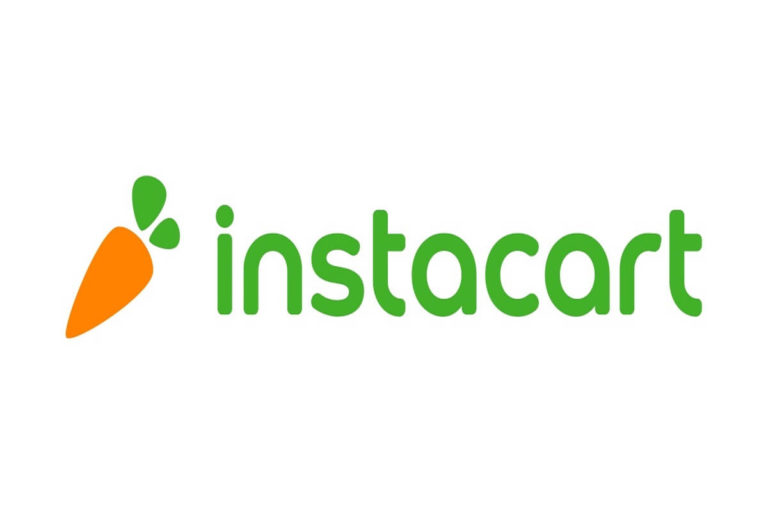The Venmo Business Model: How does Venmo make money?
Venmo is a social payments service that is used by millions to make payments with friends, family and select businesses. Venmo makes money primarily through transaction fees for adding money to your account with Cash a Check, transferring money from your account with Instant Transfer, buying and selling Crytocurrencies and withdrawing cash over-the-counter. It also makes money by earning cash interest, affiliate commissions and with the Pay with Venmo feature.
Venmo: Company Profile
Let’s look in depth at Venmo and how does Venmo make money.
What is Venmo?
Venmo is a peer-to-peer payment platform. It is a digital wallet that lets you exchange money with friends without exchanging credit card, debit card or bank account details.
Venmo’s mobile app has become quite popular with millennials, with Venmo becoming a verb. The expression “Venmo me” is quite common.
How was Venmo started?
Iqram Magdon-Ismail and Andrew Kortina met as college roommates at the University of Pennsylvania in 2001. Iqram was born in Zimbabwe but is currently based in New York City.
He majored in computer science while Andrew started studying computer science and then switched to a double major in philosophy and creative writing.
He felt that college wasn’t teaching him the practical aspect of computer science. He wanted to maximize the value of the tuition he was paying.

In their senior year, Andrew and Iqram built a college classifieds site called My Campus Post, which was their first project together and gave them a sense of taking a product to market. After graduation, they built websites for people, making them realize that they didn’t have much business experience.
In the next few years, they worked at companies such as iminlikewithyou.com, Ticketleap, and Bit.ly. Then, in early 2009, with much more knowledge and experience this time around, they decided to start spending their weekends exploring different ideas together.
Their first idea came when they were helping a friend launch a frozen yogurt store. They helped her get started and in the process they realized the inadequacy of traditional point-of-sales software.
They created a software solution to turn any laptop into a cash register, but soon realized that distribution would be a challenge. Moreover, they didn’t envision themselves using the product daily and were not excited about the product.
Andrew and Iqram got their next idea when they were at a local jazz show. They thought it would be fantastic if you were able to download the live performance by texting the band and getting the mp3 in your email.
This was the initial concept of Venmo. While working in NYC on this idea on a weekend, Iqram realized he’d left his wallet back in Philly. Andrew ended up covering him the whole weekend, and Iqram wrote a check to pay him back.
This gave them the idea to use their phones to make the transaction instead of checks and solve the problem. The prototype was very simple and worked over SMS. To send Iqram $20, all Andrew had to do was text “iqram 20” to the number they’d set up, and Iqram would see “kortina paid you $20”.
They also decided they needed to include a note with each payment to keep track of what each one was for. The social network aspect of Venmo tells a story about how and people are spending their time.
They chose the name Venmo as a combination of the Latin root vendere, which means “sell,” and mo, which stands for “mobile.” Thus, Venmo, as you see it now, was born.
The launch of Venmo
Andrew and Iqram started meeting with investors after completing their prototype. However, they didn’t have much luck raising money.
In December 2009, one of their friends, Iqram’s old boss at Ticketleap, made the first angel investment in the company with his father, becoming the first investors in Venmo. After more than two years in beta testing, Venmo opened itself to the public in 2012.
Venmo’s Growth
Venmo has raised a total of $1.3M in funding over three funding rounds. In 2010, the founders raised $1.2 million of seed money through a financing round. The latest funding was raised in 2011 from a Series A round.
Venmo had been looking to be acquired because of the increased costs that almost bankrupted the company. Although the product was ready, the transaction volume was growing, and the costs were increasing.
At one point, Venmo had to raise hundreds of millions of dollars from investors to sustain Venmo and to break even. Since it was becoming difficult to get investors to continue to invest in Venmo, the founders explored the acquisition path.
In 2012, Braintree, a fintech payments company, acquired Venmo for $26.2 million. In 2013, PayPal acquired Braintree for $800 million.
In 2014, the founders left the company, and Mike Vaughan, Venmo’s COO, became the company’s general manager. It is said that the founders were increasingly disinterested in the direction of the company after the acquisition and appeared “checked out” during meetings.
Vaughan had worked at J.G. Wentworth and TicketLeap, before coming to work under Kortina and Ismail as Venmo’s COO. He was part of both the Venmo-Braintree acquisition and PayPal’s acquisition of Braintree.
Venmo continued to grow over the years. Today, Venmo is accepted by over 2 million US merchants, and Venmo’s revenue makes up 16 percent of PayPal’s revenue.
On average, users make up to 5 transactions on Venmo for between $65 to $75 per transaction. More than 80 percent of users on Venmo are below the age of 25, with 61 percent male users and 39 percent of female users.
Venmo’s Statistics
Venmo’s users: Venmo had 3 million users in 2015, and it has grown to 52 million users in 2020. `
Venmo’s revenue: Venmo generated $450 million in revenue in 2020 and is projected to make $900 million in 2021. The payment volume processed by Venmo was $159 billion in 2020. This is a 59 percent year over year increase.
Venmo’s funding: Venmo has raised a total of $1.3M in funding over three funding rounds. In 2010, the founders raised $1.2 million of seed money through a financing round. The latest funding was raised in 2011 from a Series A round. In 2012, Braintree, a fintech payments company, acquired Venmo for $26.2 million. In 2013, PayPal acquired Braintree for $800 million.
Venmo’s valuation: Venmo is valued at 38 million.
How does Venmo make money?
Venmo makes money in several ways from its users. There’s no fee for opening an account, and there are no monthly charges, but Venmo makes money in the following ways:
1. Transaction charges
Adding money to your Venmo account: You can add money to your Venmo account using the cash a check feature. When you deposit payroll or government checks using the Venmo app, Venmo charges a 1.00% fee (with a minimum fee of $5.00). For non-payroll or non-government checks, the fee is 5%. Also, there’s no fee if your check can’t be added. Venmo charges (1.9% + $0.10) for receiving money in your business profile from Venmo users.
Transferring money from your account: You can choose to use the Instant Transfer option to transfer money to your linked debit card or bank account, to access your money in minutes. Venmo charges a 1% (minimum $0.25 fee, maximum $10 fee) for this option. There is no fee to transfer money from your Venmo account to your bank account with the standard option. If you use this option, the money is typically available in 1-3 business days.
Buying or selling Cryptocurrencies: When users buy or sell cryptocurrencies, Venmo charges a minimum fee as a percent of the purchase or sale amount.
Over-the-counter cash withdrawal: You can withdraw cash at the counter of participating banks and financial institutions. If a signature is required to withdraw cash at a participating bank or financial instituion, Venmo charges $3.00 per signature withdrawal.
You can find a detailed breakup of Venmo’s fees here.
2. Pay with Venmo
Venmo has allowed businesses to take direct payments through Venmo with the Pay with Venmo feature. Users can purchase at select merchant partners using their Venmo account, and Venmo charges merchant partners.
3. Cash Interest
Venmo makes money from the cash on its accounts and lends it to other financial institutions and makes money.
4. Cashback Program
Users can use the Venmo debit card and earn cashback rewards at different merchants advertised by Venmo, including Target, Sephora, and Wendy’s, Dunkin’, etc. Users earn a percentage of the overall purchase price as cashback rewards, an incentive for shopping at the retailer. Venmo, being the advertiser, in turn, makes affiliate commissions for referring the customer. The percentage is determined by the transaction volume and the agreement between the merchant partner and Venmo.
Final Thoughts
Venmo is increasingly becoming a major source of revenue for PayPal. The majority of Venmo’s growth is from its app, which has processed So far, the majority of Venmo’s growth has come from its popular transaction app, which processed $159 billion in payment volume in 2020.
According to latest earnings call, the CEO of PayPal, Dan Schulman confirmed that Venmo’s projected revenue is $900 million for 2021 and Venmo will become profitable by 2022. As PayPal eyes retailers as its next user segment, Venmo is firmly positioned to be a solid revenue generator for PayPal.
Other Business Models: Doordash, Discord, Afterpay, OfferUp, Honey, Craigslist, Nerdwallet, Carvana, Zoom, Zelle, Webull, Hinge, Bumble, Vinted

